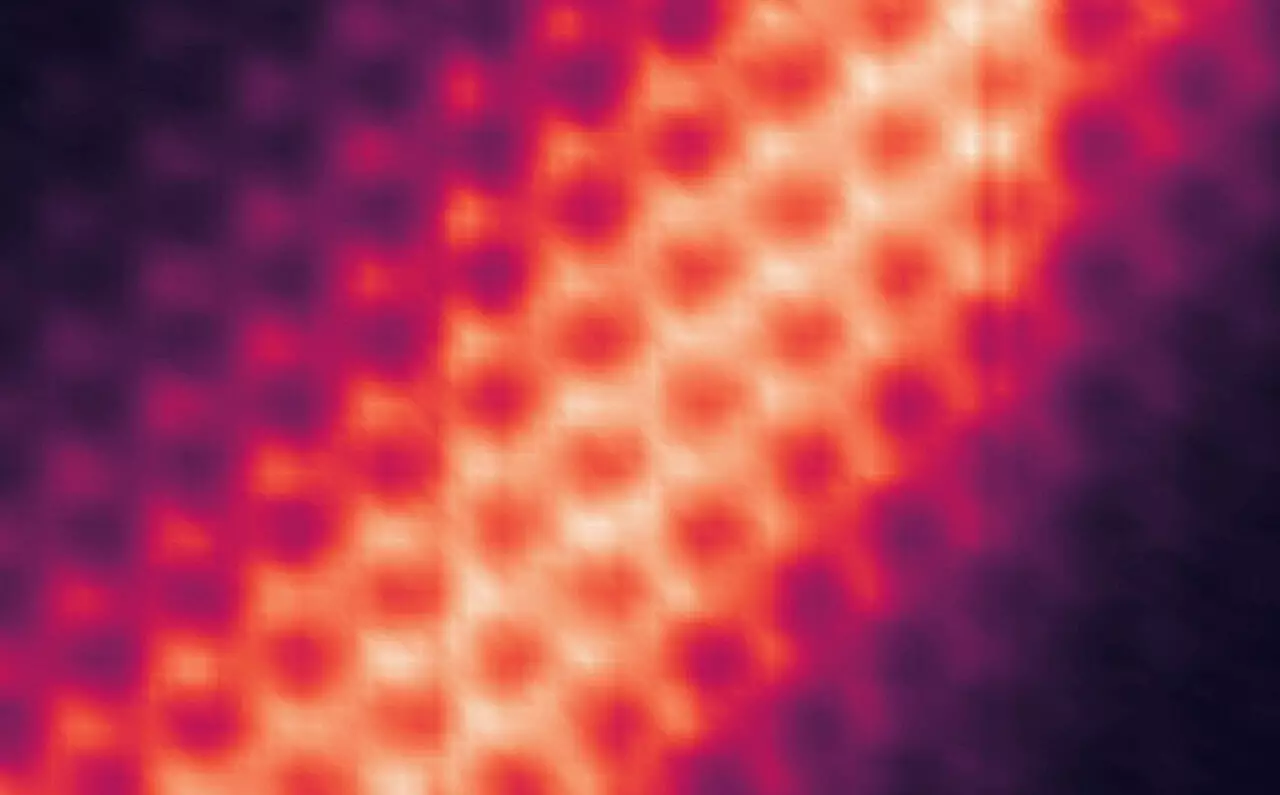A recent breakthrough in quantum computing research led by Lawrence Berkeley National Laboratory has provided new insights into chiral interface states, an exotic quantum phenomenon with the potential to revolutionize the field of quantum computing and energy-efficient electronics. Chiral interface states are conducting channels that enable electrons to travel in a single direction, minimizing energy losses due to backward scattering and electrical resistance. Despite the significance of these states, visualizing their spatial characteristics has posed a significant challenge for researchers. However, the research team at Berkeley Lab and UC Berkeley managed to capture atomic-resolution images of these states for the first time, shedding light on their properties and potential applications.
The groundbreaking research not only involved capturing atomic-resolution images of chiral interface states but also demonstrating electrical control over these resistance-free conducting channels in a 2D insulator. By utilizing a twisted monolayer-bilayer graphene device, the researchers were able to create a moiré superlattice that exhibits the Quantum Anomalous Hall (QAH) effect, allowing for the formation of chiral interface states. Subsequent experiments using a scanning tunneling microscope (STM) revealed the ability to detect different electronic states in the sample and visualize the wavefunction of the chiral interface state. Moreover, through voltage modulation on a gate electrode, the researchers were able to move the chiral interface state across the sample, showcasing the potential for precise control over these quantum phenomena.
The implications of this research are far-reaching, with the potential to drive significant advancements in quantum computing, energy-efficient microelectronics, and low-power magnetic memory devices. By harnessing the properties of chiral interface states, researchers may be able to build tunable networks of electron channels that could revolutionize the field of quantum computation. The ability to “write,” “erase,” and “rewrite” chiral interface states within a sample opens up new possibilities for designing efficient and versatile electronic devices with minimal energy consumption. Furthermore, the findings pave the way for exploring more exotic physics in related materials, such as anyons, which could unlock new pathways to achieving quantum computation on a larger scale.
Future Prospects and Research Directions
While the recent breakthrough represents a significant milestone in quantum computing research, there is still much more to uncover. The researchers plan to continue exploring the properties of chiral interface states and their applications in quantum information systems. By studying the behavior of these states in various materials and contexts, they hope to further enhance our understanding of quantum phenomena and pave the way for transformative technologies. As lead researcher Canxun Zhang emphasized, this research marks a crucial first step towards harnessing the power of chiral interface states for practical applications. With ongoing advancements in quantum computing and materials science, the possibilities for innovation in electronics and computation are truly limitless.


Leave a Reply